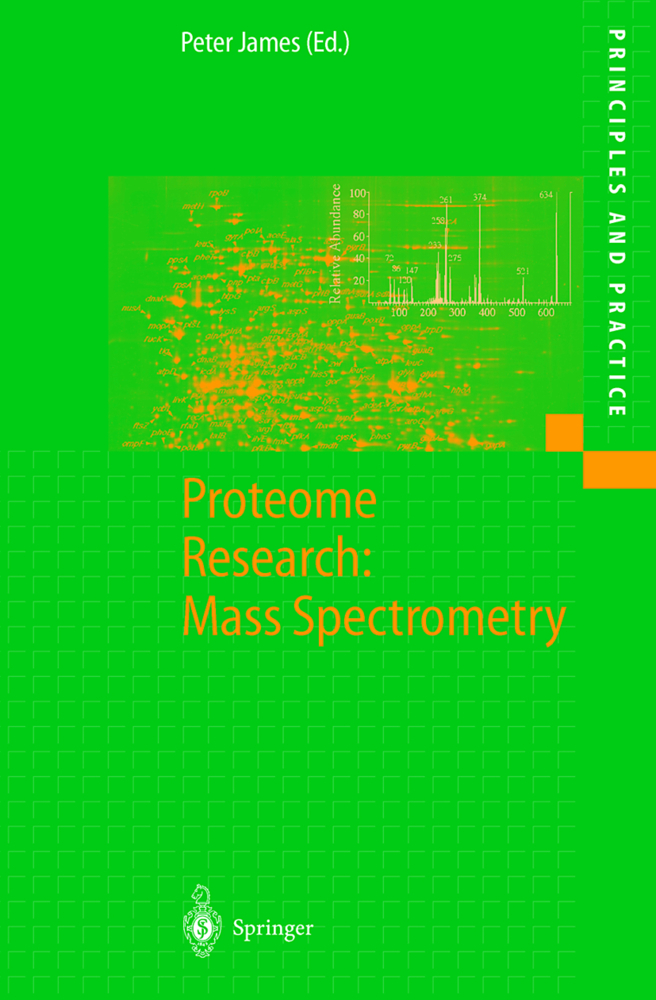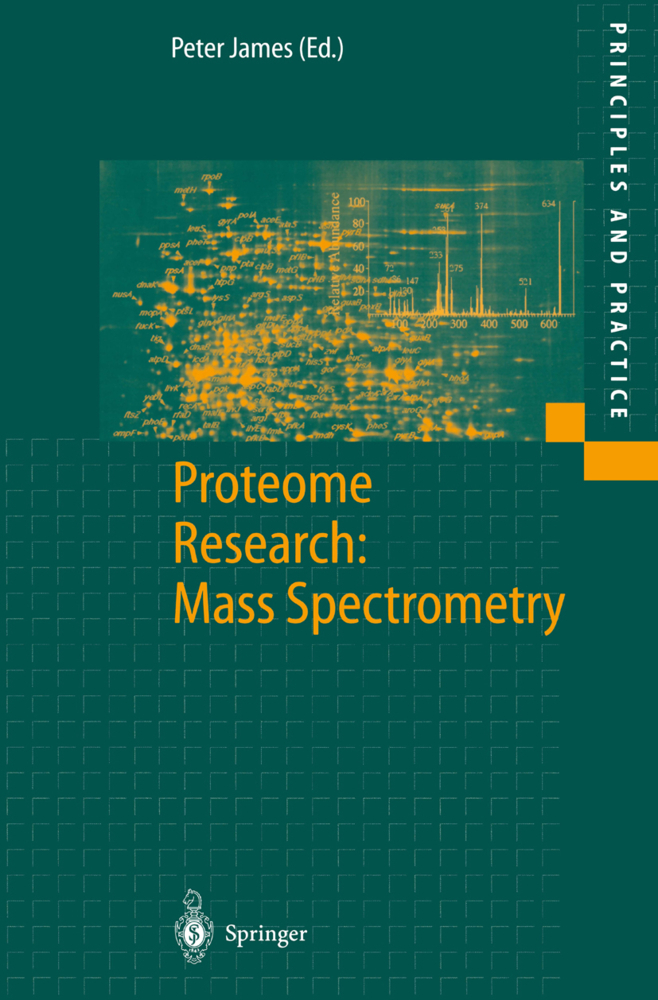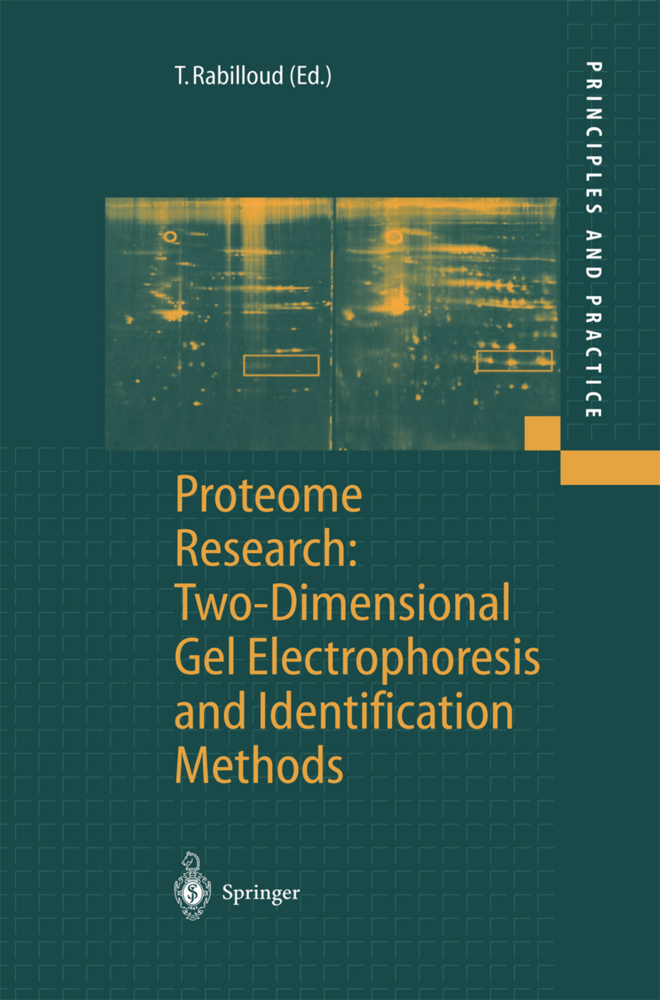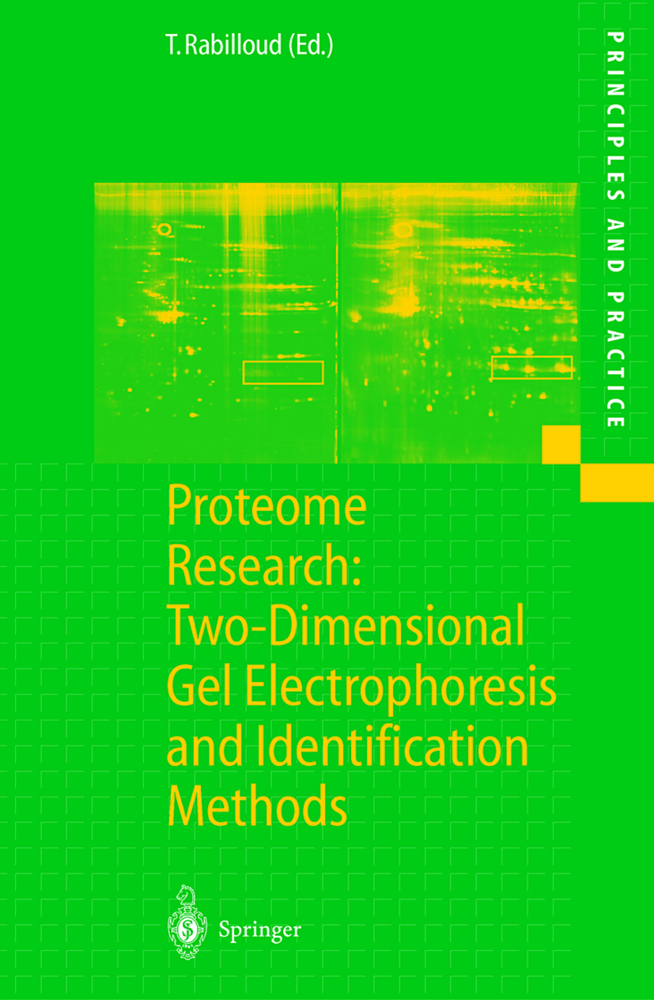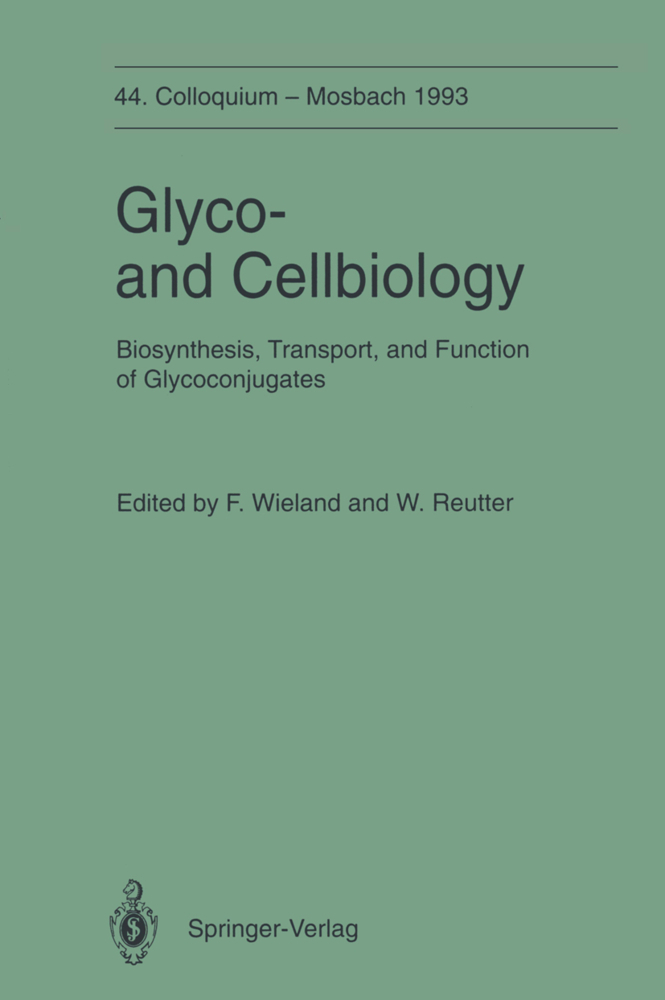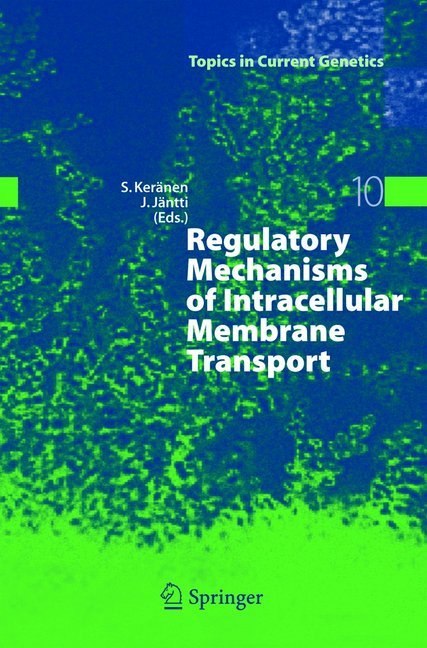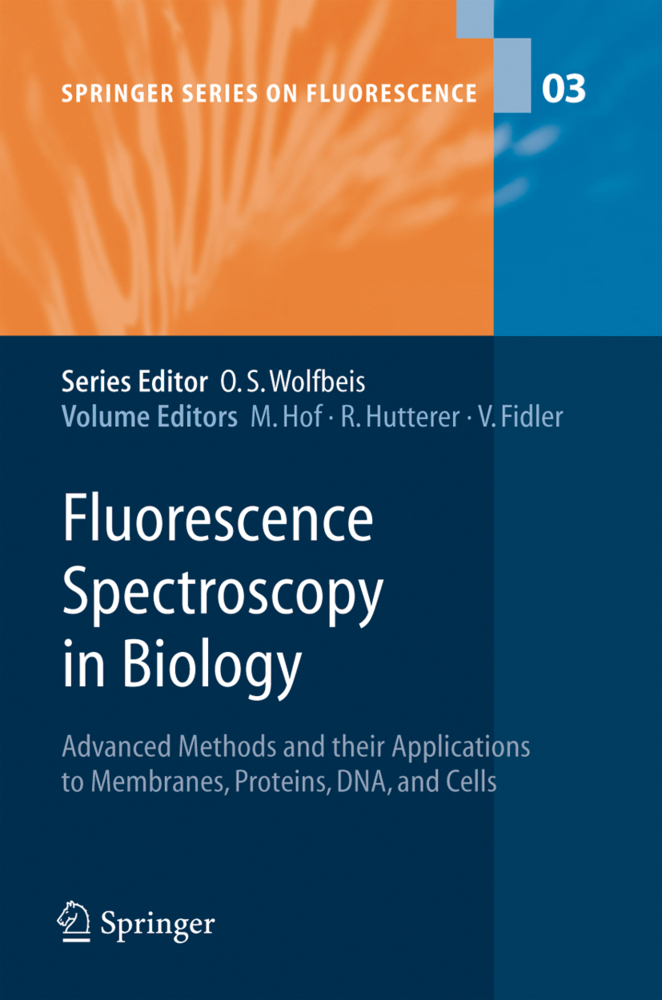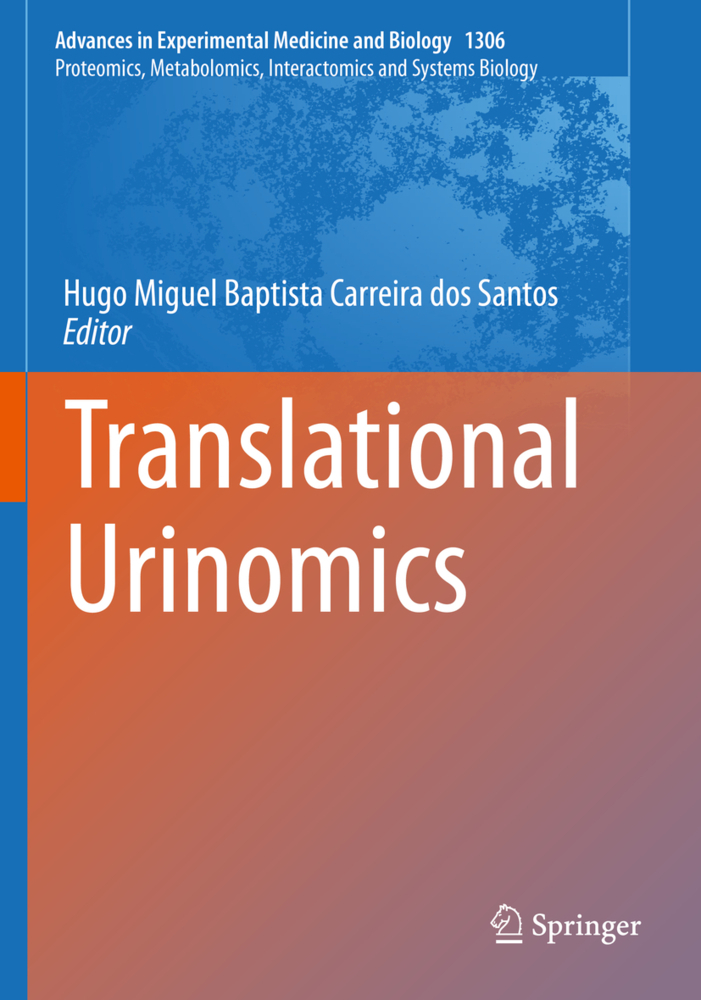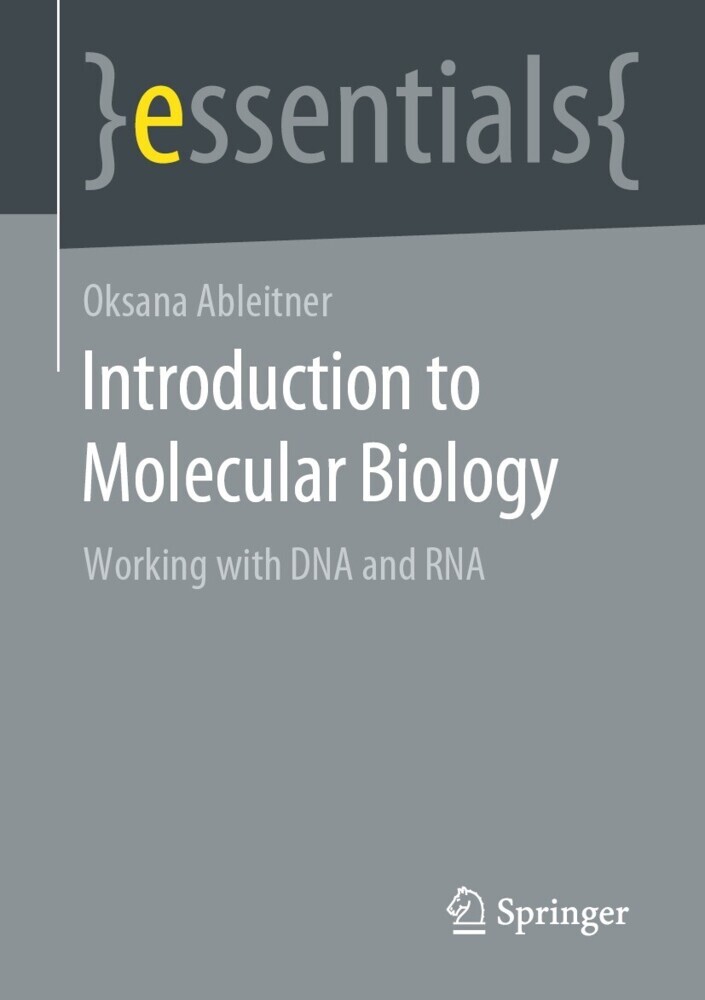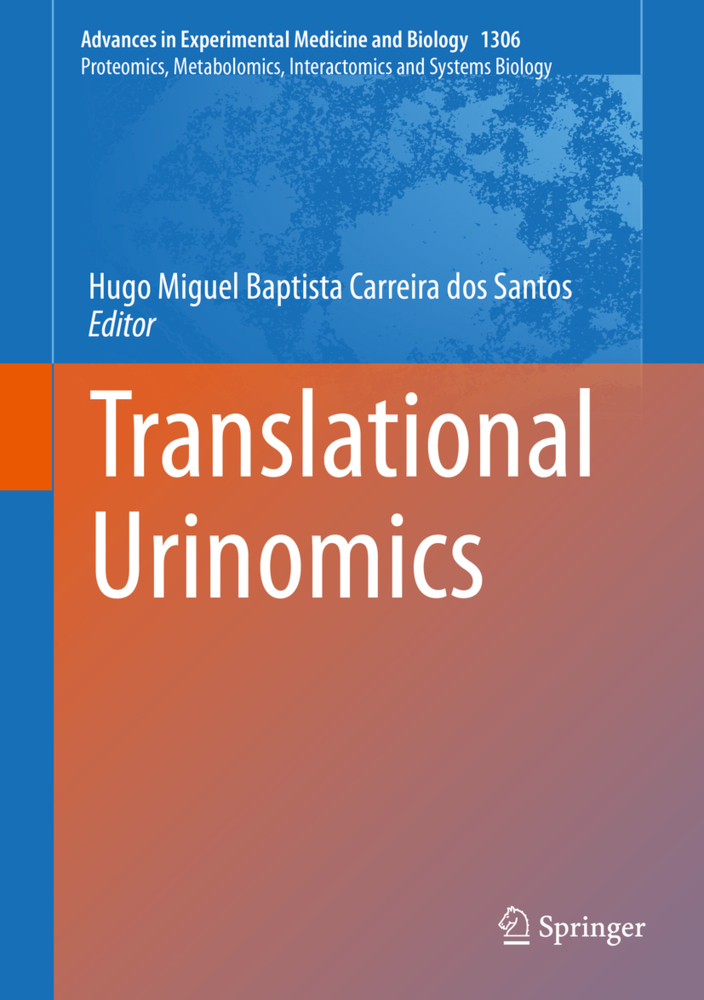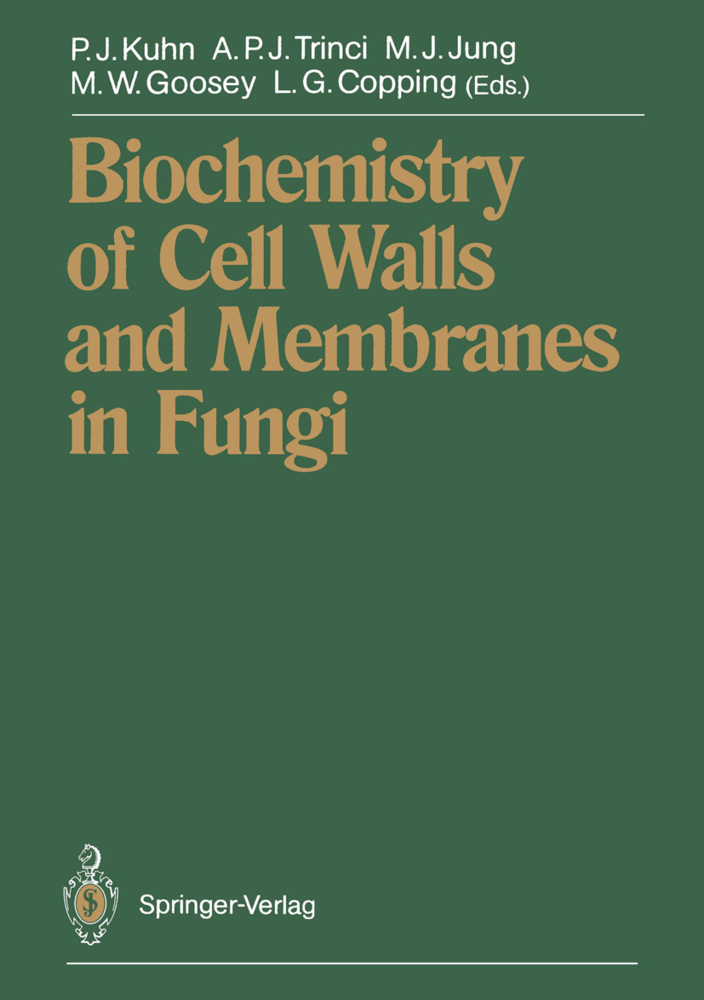Proteome Research: Mass Spectrometry
Proteome Research: Mass Spectrometry
Recent advances in large-scale DNA sequencing technology have made it possible to sequence the entire genome of an organism. Attention is now turning to the analysis of the product of the genome, the proteome, which is the set of proteins being expressed by a cell. Two-dimensional gel electrophoresis can be used to create cellular protein maps which give a quantitative and qualitative picture of the proteome. Mass spectrometry is the method of choice for the rapid large-scale idenfification of these proteomes and their modifications. An understanding of these methods is critical for scientists in the "Post-Genome" era.
3 The Basics of Matrix-Assisted Laser Desorption, Ionisation Time-of-Flight Mass Spectrometry and Post-Source Decay Analysis
4 Data-Controlled Micro-Scale Liquid Chromatography - Tandem Mass Spectrometry of Peptides and Proteins: Strategies for Improved Sensitivity, Efficiency and Effectiveness
5 Solid-Phase Extraction-Capillary Zone Electrophoresis-Mass Spectrometry Analysis of Low-Abundance Proteins
6 Protein Identification by Peptide-Mass Fingerprinting
7 Protein Identification by SEQUEST
8 Interpreting Peptide Tandem Mass-Spectrometry Fragmentation Spectra
9 Automated Interpretation of Peptide Tandem Mass Spectra and Homology Searching
10 Specific Detection and Analysis of Phosphorylated Peptides by Mass Spectrometry
11 Glycoproteomics: High-Throughput Sequencing of Oligosaccharide Modifications to Proteins
12 Proteomics Databases
13 Quo Vadis.
1 Mass Spectrometry and the Proteome
2 Basics of Triple-Stage Quadrupole/Ion-Trap Mass Spectrometry: Precursor, Product and Neutral-Loss Scanning. Electrospray Ionisation and Nanospray Ionisation3 The Basics of Matrix-Assisted Laser Desorption, Ionisation Time-of-Flight Mass Spectrometry and Post-Source Decay Analysis
4 Data-Controlled Micro-Scale Liquid Chromatography - Tandem Mass Spectrometry of Peptides and Proteins: Strategies for Improved Sensitivity, Efficiency and Effectiveness
5 Solid-Phase Extraction-Capillary Zone Electrophoresis-Mass Spectrometry Analysis of Low-Abundance Proteins
6 Protein Identification by Peptide-Mass Fingerprinting
7 Protein Identification by SEQUEST
8 Interpreting Peptide Tandem Mass-Spectrometry Fragmentation Spectra
9 Automated Interpretation of Peptide Tandem Mass Spectra and Homology Searching
10 Specific Detection and Analysis of Phosphorylated Peptides by Mass Spectrometry
11 Glycoproteomics: High-Throughput Sequencing of Oligosaccharide Modifications to Proteins
12 Proteomics Databases
13 Quo Vadis.
James, Peter
| ISBN | 978-3-540-67255-5 |
|---|---|
| Artikelnummer | 9783540672555 |
| Medientyp | Buch |
| Copyrightjahr | 2000 |
| Verlag | Springer, Berlin |
| Umfang | XXI, 274 Seiten |
| Abbildungen | XXI, 274 p. |
| Sprache | Englisch |

